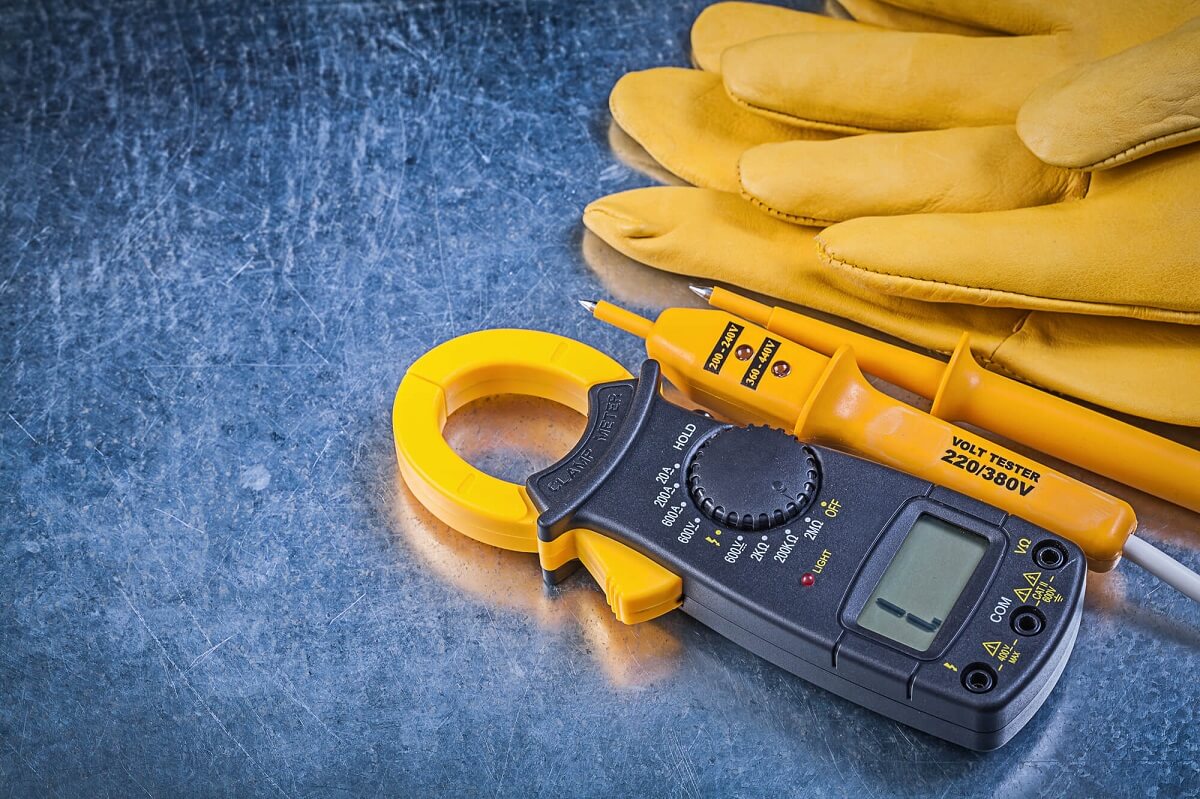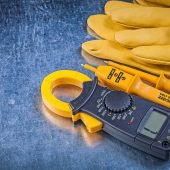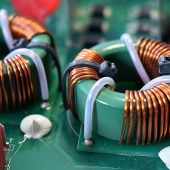A clamp meter provides a safe and convenient way to measure voltage, current and resistance. Unlike a multimeter, a clamp meter doesn’t need direct contact with the circuit to take measurements.
This non-contact measurement is what makes clamp meters safe and easy to use. You can measure current of an insulated wire without even having to turn off the circuit. This is especially handy for measuring live current.
If you are not familiar with how to use a clamp meter, below is a quick guide. We focus specifically on how to measure amps (current).
Check the Type of Clamp Meter

Before you start, you need to know which type of clamp meter you are using. This matters because some clamp meters only measure specific types of currents.
The two main types of clamp meters are current transformer clamp meters and hall effect clamp meters.
If you have a current transformer meter, it’ll only measure AC current. On the upside, current transformer meters are cheaper and easier to use.
If you have a hall effect clamp meter, you can measure both AC and DC current. On the downside, hall sensor clamps are pricier and need to be constantly reset to zero.
Identify the Conductor
Once you are sure the clamp meter will work for a particular circuit, time to get to work.
You need to identify the particular conductor or wire whose current you want to measure. Most electrical cables consist of two or three wires inside the insulation. Measuring the entire cable will display a reading of zero.
Identify a location where the wires inside separate. If that’s not possible, you may have to strip the outer insulation – just a small length – to access individual wires.
Configure the Clamp Meter
Once you’ve identified the specific conductor whose current you want to measure, configure the clamp meter.
Check the manual for instructions on how to configure your particular meter for different measurements.
But on most clamp meters, you simply turn the dial to the proper current range. For the best accuracy, choose the lowest range that’s higher than the expected current on the circuit. Some clamp meters have a minimum range setting of 20A, while others start at 60A or higher.
If you are not sure what range the circuit current is in, set the clamp meter to the highest current range and take a measurement by clamping the jaws of the meter around the conductor.
Check the measurement then continually reduce range until you get to the lowest range that’s higher than the reading on the display.
Of course, you don’t need to bother with all this if you have a fancy auto-ranging clamp meter. The meter will automatically set the right internal range depending on the amount of current it measures.
Taking Readings
As soon as you clamp the meter jaws around the conductor, the display will show the current (amps) running through it. Make sure the circuit is turned on.
Most clamp meters have a hold button that freezes the last reading on the screen. Some can also display the maximum and minimum readings.
And that’s it. It’s that easy to measure amps with a clamp meter.
Most clamp meters also measure voltage, resistance, and continuity. However, unlike current, you have to use contact leads to take these measurements. In this aspect, a clamp meter is very similar to a multimeter.


